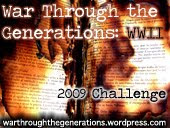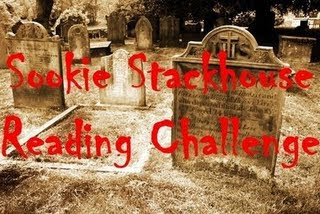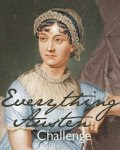
Sandra Dallas’ Tallgrass is set in Colorado in 1942 just after the bombing of Pearl Harbor in Hawaii. The book is narrated by Rennie Stroud, who was a 13-year-old girl when the Japanese are rounded up and placed into an internment camp–known as Tallgrass Ranch–in Ellis, Colorado. Many of the Japanese in the camp just up from the Stroud’s farm had been evacuated from their homes in California and their presence causes a major stir.
“They’d heard the sirens, too, and said it wasn’t anything, but I feared that somebody had gone under the bobwire surrounding the camp and was going to break into our house and kill us.” (Page 17)
Readers travel along with Rennie as she uncovers the truth about humanity regardless of color or creed and as she discovers the truth about her family. She grows into a woman more quickly than her parents would like, but given the rationing, the war effort, the harvest, and the increasing racial tension, Rennie has little choice but to mature.
“Things were tense even for the kids in the camp who never came in contact with people from Ellis. Little boys there played war games, just like the boys in Ellis. Daisy told us she’d watched a group of Tallgrass kids pretending they were fighting in the South Pacific and heard one complain, ‘How come I have to be the damn Jap all the time?'” (Page 238)
Readers will enjoy growing along with Rennie and getting into trouble with her and Betty Joyce. Dallas does an exceptional job of rounding out Rennie’s character from her naivete to her compassion and empathy for the plights of those less fortunate, like the Japanese and her friends. However, Tallgrass is more than a coming of age story; it also touches upon the harm caused by wrong-headed government policies, the fear that leads to prejudice and hatred, and the impact a war can have on everyone.
While readers may see some holes in how one of the main mysteries is resolved, Dallas’ resolution is in tune with the narrator she chose, a 13-year-old who is not privy to serious adult conversation. Overall, Tallgrass is a novel about WWII, family, growing up, and learning how to build a community even when differences exist.
This is my 6th book for the War Through the Generations: WWII Reading Challenge.
Thanks to Staci at Life in the Thumb for reviewing Tallgrass with several other WWII books that I had to pick up from the library and read all together.
Also Reviewed By:
Adventures in Reading
Jo-Jo Loves to Read!!!
Life in the Thumb


 Jill Mansell has surpassed herself once again in
Jill Mansell has surpassed herself once again in 
 Brunonia Barry’s
Brunonia Barry’s 










 Mary-Ann Tirone Smith and
Mary-Ann Tirone Smith and 





